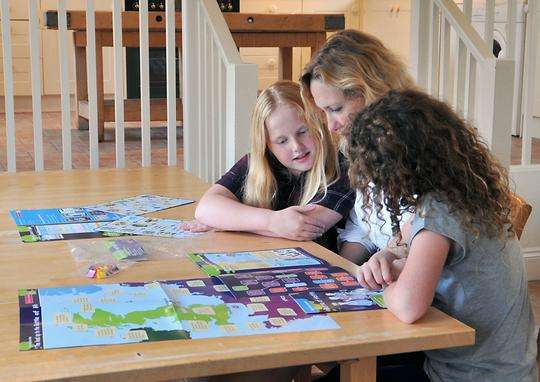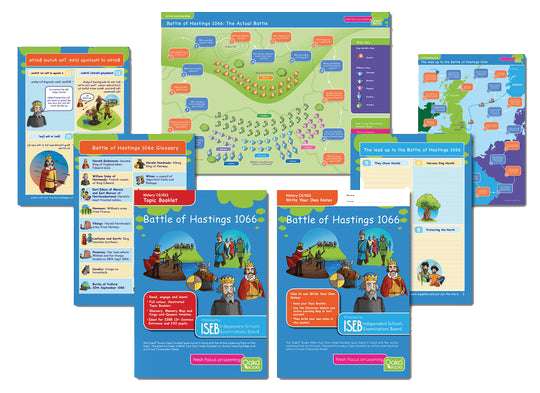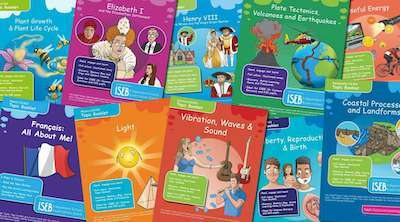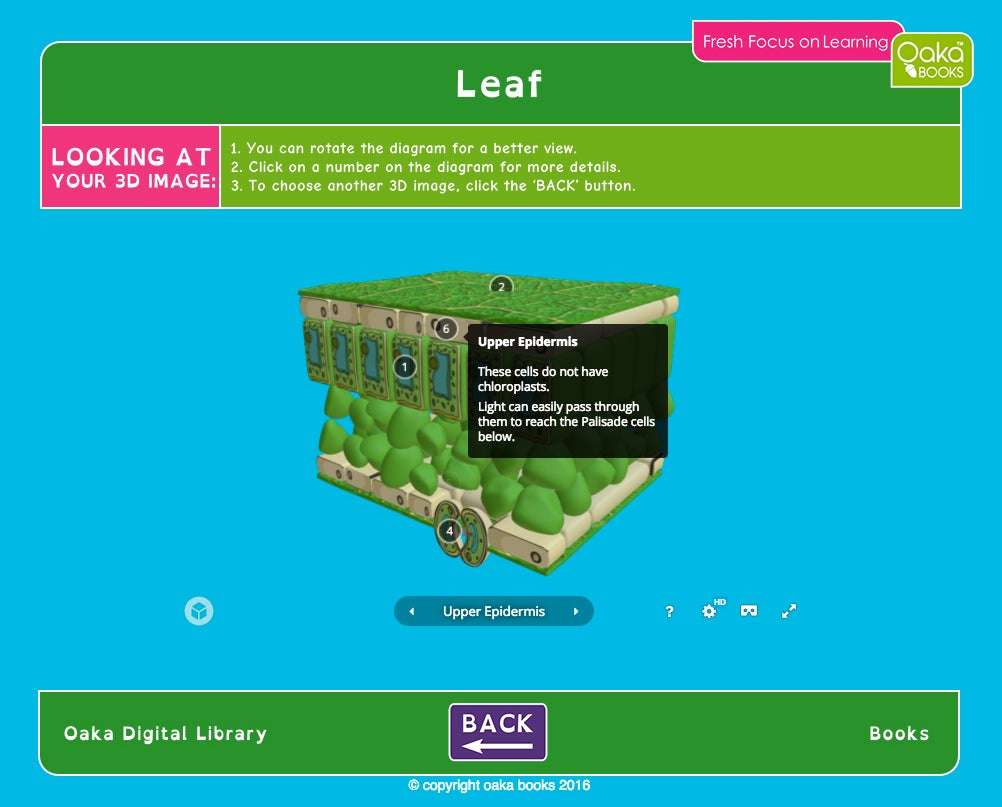Each and every child in our classrooms is different; so is their learning style. But, with a class full of minds to mould, teachers don’t always have the time or resources to cater to every single learning style. Therefore, generic ways of learning such as taking notes from textbooks, conducting online research, or sitting mock exams and formative assessments are relied upon to help children absorb and retain information.
While this may work well for some, the chances of these techniques bringing out the best in every child, especially those whose learning styles are more visual or kinaesthetic, or who struggle to navigate great passages of text, are slim to none.
Visual learners and children with dyslexia learn more effectively, for instance, when information is brought to life – lifted up from the page or the screen and made to dance in front of them, in ways which allow them to truly engage with it. They need to be able to see the concepts in action and partake in the process, especially in a classroom environment which can, at times, be overwhelming or stifling.
Kate Doehren, Director of Learning Support at Hurstpierpoint College and advocate of Oaka Books, explores how every child must learn the most important lesson of all – how to learn – before they can strive to reach their full potential.
Before children can start learning anything, they first need to learn how to learn. If they’re not encouraged to explore different ways of learning and discover which one, or which combination, works best for them at an early age, children can go from primary school right through to college or university – and into the world beyond – struggling to make information stick.
If, for example, a visual learner is only ever given the option of reading information from textbooks or the internet, or from taking notes while the teacher speaks at the front of the class, their learning becomes limited; they may never know how much more the information can come to life for them when they experience it in a visual way. It may never occur to them, therefore, to use imagery, graphics and diagrams to help them study, and so they will always fall short of their full potential. This can lead to students feeling ‘stupid’ or unwilling to learn, when in fact they simply haven’t been exposed to the things which give them that lightbulb moment – the learning techniques which transform abstract and alien concepts into ideas that children can truly engage with and relate to. Many pupils still arrive in KS3 with no real understanding of their own learning style.
For this reason, I am a big believer in taking the time to expose children to a vast array of different learning methods, and encouraging them to discover for themselves which ones work best for them. This can be a long process, and what works best for a child one year may not work so well the next year; learning styles evolve and adapt in the same way that children’s tastes and personalities grow and develop. Therefore, teaching children how to learn should not be a one-off or tick-box task; learning skills ought to be weaved into the curriculum. This is especially true in this digital age, where new ways of learning using the internet, apps, video, virtual and augmented reality, and even gamification are emerging all the time.
It is the general consensus that, whatever your learning style, a multi-sensory approach to studying is the most effective. It is thought that we fully absorb somewhere in the region of 10 per cent of what we read, 20 per cent of what we hear, 30 per cent of what we see, 50 per cent of what we hear and see, 70 per cent of what we discuss with others, 80 per cent of what we experience personally, and 90 per cent of what we teach others.
Using this concept as a basis and adjusting it to suit each individual learner so that, for example, visual learners focus their attention on what they can see, kinaesthetic learners spend more time doing physical activities that engage their senses, auditory learners use their keen listening skills to absorb information from others, and so on, is a great way of ensuring all children are able on a level playing field when it comes to learning new information.
By exposing children to a range of learning styles, and doing so on a frequent basis, they will become increasingly in-tune with their own unique skills and learning styles, and will be able to use this vital knowledge to study in ways which truly engage and excite them.
This is a life-long skill that will make it easier for students to learn new information, approach difficult concepts with confidence, and retrieve facts and figures in pressurised environments – such as the dreaded exam hall.
Oaka KS3 topic packs can help pupils struggling with reading, comprehension, memory recall and processing. We all know all too well just how important it is to embed key concepts at KS3 before GCSE courses begin. The multi-sensory facet of Oaka topic packs will help SEN pupils not only engage with their learning but gain an understanding of what style of learning works best for them, essential before they embark on the next stage of their education.
To find out more about the Oaka Books revision concept click here or to access the Oaka Books digital resources for a free 30 day trial, visit: digital.oakabooks.co.uk.
To view all Oaka KS3 revision topic packs click here.





